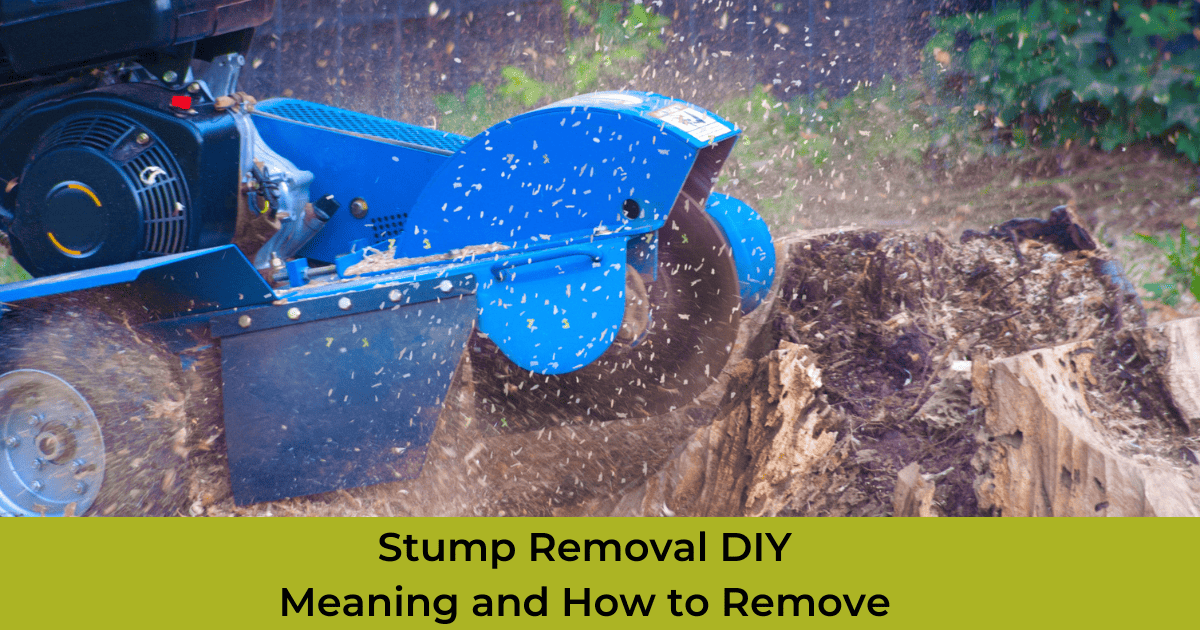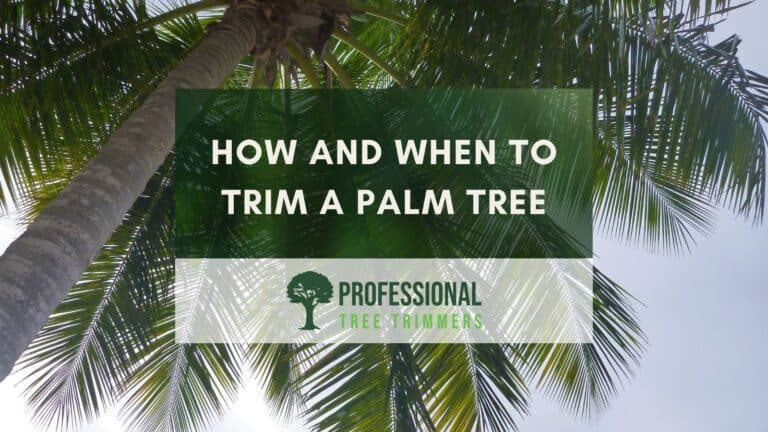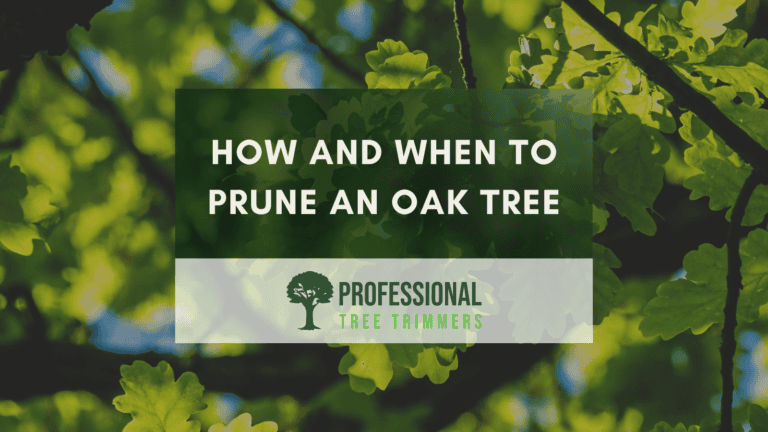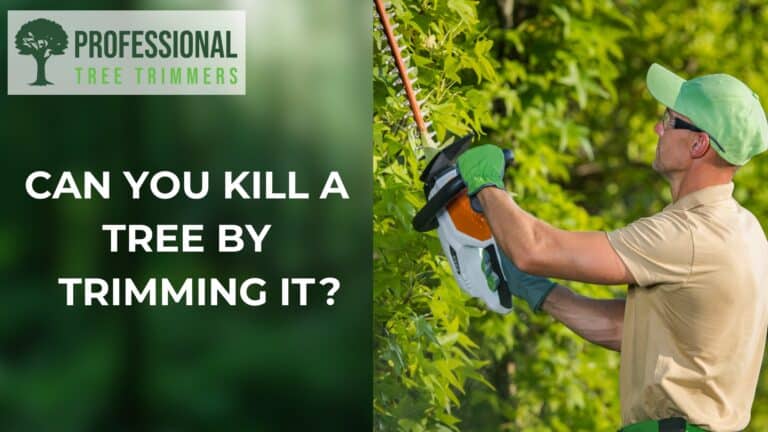Stump removal refers to the process of completely eliminating the remnants of a tree stump from the ground after a tree has been cut down. This typically involves using specialized equipment such as stump grinders or stump extractors to grind or extract the stump and its root system from the soil.
Stump removal is necessary to prevent regrowth, eliminate tripping hazards, reclaim space for landscaping or construction, and enhance the aesthetic appeal of the property.
Stump removal methods vary, with popular approaches including chemical applications, grinding, and manual extraction. Chemical applications involve the use of stump removal chemicals to accelerate decomposition. Grinding employs specialized equipment to grind the stump into wood chips. Manual extraction involves digging around the stump and leveraging it out. Each method has its advantages and considerations, catering to different preferences and situations.
What are the Key Reasons to Remove a Tree Stump?
The following are the key reasons to remove a tree stump from your property.
Aesthetic Concerns:
- Tree stumps are unsightly and can negatively impact the overall appearance of your yard.
- They may reduce the value of your property and give the impression of neglect.
Safety Hazards:
- Stumps pose trip hazards, especially for children and pets playing in the yard.
- They can damage lawnmowers and pose a risk to people if hit accidentally.
Potential for New Growth:
- Leaving a stump behind may result in new trees growing around it, leading to an unsightly and costly situation.
- Shoots from the stump may require chemical treatments for complete removal, impacting the environment.
Pest Attraction:
- Decaying stumps attract pests like ants, beetles, and termites, which can eventually move from the stump to your home.
Space Utilization:
- Stumps take up valuable space in your yard, limiting your ability to use the area for other purposes, such as a table, flowerbed, or play area.
The removal of tree stumps is crucial for safety, aesthetics, and the overall health of your yard. Hiring professionals for stump grinding ensures a swift and effective resolution, addressing these concerns without causing significant disruption to your property.
What Are The Primary Options for Getting Rid of a Tree Stump
Here are the primary options for removing a tree stump with their advantages and considerations.
- Manual Removal with Leverage:
- This method involves planting a new tree and using its growth to provide leverage for stump removal.
- Requires digging around the stump and attaching a rope high up into the tree for maximum leverage.
- After digging, a tug on the rope can topple the tree, but in some cases, additional tools like a come-along may be needed for stubborn stumps.
- Mechanical Extraction Tools:
- Tools like the extractigator are designed to pull out trees or bushes, including their roots.
- The extractigator grips the trunk, and with a sharp turn, it can efficiently pull out smaller stumps.
- Ideal for smaller stumps and offers a mechanical advantage for extraction.
- Chemical Rotting:
- Chemical methods involve drilling holes into the stump and applying chemicals to accelerate the natural decay process.
- Chemicals such as potassium nitrate or Epsom salt can be used to aid in stump decomposition.
- This method is effective but requires patience as it takes time for the stump to rot completely.
- Burning (Caution Advised):
- Burning is another method where the remaining part of the tree is set on fire.
- However, this method is less eco-friendly and may have legal restrictions on open burning.
- Works best with dry, old stumps, and caution should be exercised to prevent accidents.
- Mechanical Grinding:
- Stump grinding involves using a specialized machine (stump grinder) to grind the stump below ground level.
- Quick and efficient, this method turns the stump into wood chips and eliminates the need for manual labor.
- Requires professional equipment and is often considered the fastest way to remove a tree stump.
- Manual Digging and Breaking:
- Involves digging around the stump, cutting roots, and using tools like a sledgehammer and wedges to break it apart.
- Labor-intensive and may damage tools, but effective for smaller, dry stumps.
- Professional Stump Grinding Services:
- Hiring professionals with stump grinders ensures a quick and efficient removal process.
- Professionals have the expertise to handle the equipment safely and can complete the job without causing damage.
- Chemical Stump Removal Products (Caution Advised):
- There are products available claiming to aid in stump biodegradation.
- Caution is advised, and results may vary; professional advice should be sought.
Choosing the appropriate method depends on factors such as stump size, location, and personal preferences. Professional services are recommended for complex or large-scale stump removal to ensure safety and efficiency.
How Do You Remove a Tree Stump Yourself?
There are many DIY methods of removing a stump yourself. To remove a tree stump yourself, consider the chemical method as the fastest approach. Drill holes into the stump, apply chemicals like potassium nitrate to expedite decay, and periodically repeat the process for optimal results.
Additionally, ensure safety measures during DIY stump removal and be mindful of potential costs associated with different removal methods.
Here are more effective methods of DIY stump removal that you can try.
The Methods of DIY Stump Removal
Stump Grinding
Stump grinding is a quick and efficient method of stump removal. It provides immediate results, leaving no hole behind. The process also produces usable wood chips, which can be repurposed for landscaping or compost.
Stump Burning
Stump burning is a low-cost method that requires minimal equipment. It results in the complete removal of the stump, leaving no remains behind. This method is particularly useful in areas where the disposal of large amounts of wood is challenging.
Stump Rotting
Stump rotting is a natural process that doesn’t require the use of heavy machinery. It’s an environmentally friendly method that also improves soil fertility over time. However, it’s a slow process and may take several years for the stump to fully decompose.
Stump Digging
Stump digging is a traditional method of stump removal. It involves no chemicals and results in the complete removal of the stump. The land can be used immediately after the stump has been removed, making it a good option for those looking to replant in the area.
Using Chemical-Based Stump Removal
Chemical-based stump removal is less labor-intensive than other methods and is particularly effective on large stumps. The chemicals used accelerate the decomposition of the stump, eliminating the need for power tools or heavy machinery. However, it’s important to note that this method may not be suitable for all environments due to the chemicals involved.
How Do You Remove a Stump Cheaply and Effectively?
To remove a stump cost-effectively, begin by cutting it as low to the ground as possible using a saw. Next, drill deep holes (8 to 12 inches long) spaced 3 to 4 inches apart in all directions on the stump’s top using a drill and a 1-inch bit.
Fill each hole with a commercial stump remover or plain saltpeter (potassium nitrate), and then top each hole with boiling water to dissolve the saltpeter. Allow the stump remover to be absorbed by the wood for approximately a month before proceeding with the removal process.
What Is the Fastest Way to Kill a Tree Stump and Roots?
The fastest way to kill a tree stump is by grinding, using a “stump grinder” that breaks apart the wood and tears the roots. Start by trimming down the stump with a chainsaw and consider professional services for quicker removal.
To expedite tree stump removal, grinding is optimal, involving the use of a stump grinder machine. Trim the stump, utilize the grinder, and explore professional removal for a swift resolution.
What Can You Put on A Tree Stump to Dissolve It?
You can put Epsom salt on a tree stump to dissolve it. Epsom salt is an effective method as it accelerates organic material decomposition. Drill holes into the stump, fill them with Epsom salt and ensure water penetration, speeding up decay within six to twelve months. You can also use stump removers primarily composed of potassium nitrate for rapid decay.
Tree stumps, if left untreated, may take up to ten years to decompose naturally. For quicker removal without grinding, a chemical approach is recommended.
How Do You Make Homemade Stump Remover?
To make homemade stump remover, you can use Epsom salt, which accelerates the decomposition process. Drill holes into the stump, fill them with Epsom salt and apply water to speed up the natural decay. For a quicker approach, consider physical methods like digging or using a grinder, but follow safety precautions and consider professional help for efficiency.
What are The Alternatives to Removing a Tree Stump
Consider the following alternatives instead of removing a tree stump –
- Stump grinding
- Chemical decomposition
- Natural decomposition
- Covering with soil and planting over it
- Leaving the stump as a natural feature
- Using the stump as a planter or decorative element
Stump Removal Versus Tree Removal
Stump removal and Tree removal are different processes with their own set of challenges. In the table below you will see the comparison of Stump Removal and Tree Removal.
| Aspect | Stump Removal | Tree Removal |
| Definition | Removal of the stump and its root system | A complex process involving the removal of the entire tree |
| Method | By hand or with stump removal equipment | Requires careful planning, assessment, and execution |
| Resulting Landscape | Leaves a hole in the yard that needs filling | Can improve the aesthetic appeal of the property |
| Suitability for Planting | Suitable for planting a new tree in the same spot | Involves assessing the health of the tree before removal. |
| Cost and Labor | More expensive and labor-intensive | Involves potential costs but varies based on factors like tree size and location |
| Disruption to Surroundings | May disrupt the surrounding soil and plants | Requires measures for proper debris disposal and consideration of surrounding structures |
| Decision Factors | Clean, level surface, or planting needs | Tree health, aesthetic improvement, hazard prevention |
Stump Removal or Stump Grinding
When handling a tree stump in your yard, consider the benefits and drawbacks of stump removal and grinding to make an informed decision based on your needs and preferences.
The table below will show you the differences between stump removal and Stump Grinding.
| Criteria | Stump Removal | Stump Grinding |
| Process | Removes the entire stump and root system | Grinds the stump down to a few inches below the soil |
| Resulting Hole | Leaves a large hole that needs filling | Leaves a shallow hole, about the size of the trunk |
| Use of Space | Renders the spot unusable for future projects | Allows for planting new trees or construction |
| Cost | Typically more expensive | Generally more economical |
| Time and Labor Intensity | More time and labor-intensive | Quicker turnaround, less labor-intensive |
| Attracting Pests | Eliminates the risk of attracting pests | May attract pests due to remaining roots |
| Eco-Friendliness | More invasive and may involve chemicals | Leaves the stump to decompose naturally |
If compared to stump removal, stump grinding is a less invasive and quicker method. Stump grinding utilizes a machine to grind the stump into small chips, leaving roots to decay naturally. This cost-effective approach offers natural mulch and prevents regrowth.
Stump removal is a more expensive and labor-intensive process, that extracts the entire stump and roots, leaving a larger hole. The decision depends on factors such as cost, desired outcome, and need for a clean surface.
What Is the Easiest Way to Remove a Stump?
The easiest way to remove a stump is by using chemicals, such as potassium nitrate or Epsom salt. To apply this method, drill holes into the stump, fill them with the chosen chemical, and wait for several weeks for the stump to soften.
If you prefer a quicker solution, renting a stump grinder is effective for larger stumps, requiring additional tools like a shovel, mattock, rake, and chainsaw.




